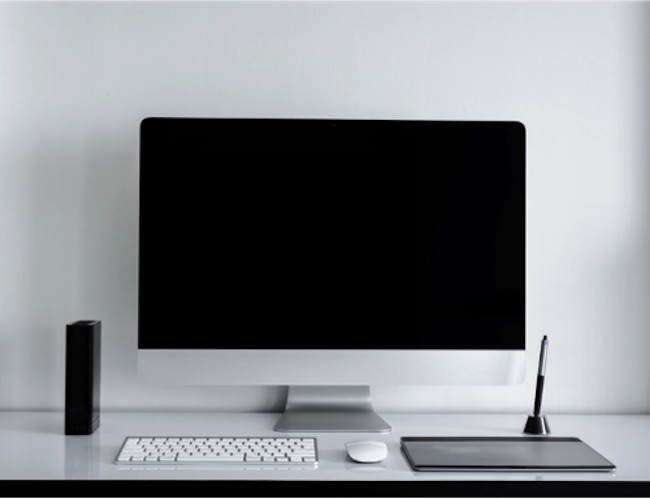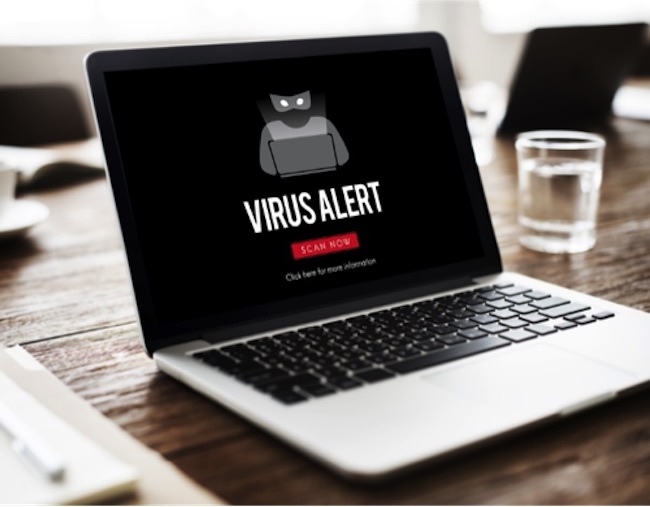Are Macs Any Safer Than PCs in 2017?
 In the mid-‘00s, Apple built its computer empire on the belief that Mac computers didn’t get malware. It’s hard for anyone alive during that era to forget the endearing “Get a Mac” commercials, featuring a baby-faced Justin Long and an identical John Hodgman, in which a personified Mac boasted about the Apple tech’s immunity to dangerous viruses and worms. The idea was so catchy that it has installed itself, seemingly permanently, in consumers’ psyche.
In the mid-‘00s, Apple built its computer empire on the belief that Mac computers didn’t get malware. It’s hard for anyone alive during that era to forget the endearing “Get a Mac” commercials, featuring a baby-faced Justin Long and an identical John Hodgman, in which a personified Mac boasted about the Apple tech’s immunity to dangerous viruses and worms. The idea was so catchy that it has installed itself, seemingly permanently, in consumers’ psyche.
Yet, more than a decade later, Macs and PCs are almost unrecognizably different — unlike John Hodgman. Not only are all computers faster and smarter than they were in 2006, Macs and PCs are more alike than they were before. Plus, malicious hackers have also altered their methods and goals in the intervening years, and cybersecurity is of more importance now than ever in tech history. So, is the longstanding belief still true? Are Macs still safer than PCs?
The Short Answer: Yes
From the beginning, Macs have had a security model built into their operating systems, unlike many Windows-based devices. Specifically, Unix — upon which Mac OS are built — boasts the relatively simple feature of storing executable code in a small number of unique folders, so users can predict code locations and remove installations relatively easily. Thus, malware is dramatically easier to remove from Mac devices than from Windows devices, in which installed components can be nearly anywhere on the machine.
However, this structural difference isn’t the primary reason Macs remain safer than PCs. Mac users enjoy less inconvenience due to malware than PC users not because they are inherently more secure but rather because there are fewer of them. Even today, more than 80 percent of personal computers run Windows, meaning cybercriminals who develop Windows-based malware are simply more likely to be successful. As a result, there are simply fewer Mac-targeted viruses floating around to impair Apple machines.
The Long Answer: No
 Unfortunately, the lower rates of cyber attacks on Macs have lulled Mac users into a false sense of security; many believe their machines are invulnerable and thus do not practice safe behavior. Even worse, malicious hackers have noticed this lackadaisical attitude amongst Mac users, and within the last year, instances of Mac OS malware have increased more than 750 percent. Additionally, cybersecurity experts have identified a bevy of vulnerabilities within the Mac OS — dramatically more than are typically found in Microsoft Windows — and it has taken Apple much too long to publish patches and updates that protect their users.
Unfortunately, the lower rates of cyber attacks on Macs have lulled Mac users into a false sense of security; many believe their machines are invulnerable and thus do not practice safe behavior. Even worse, malicious hackers have noticed this lackadaisical attitude amongst Mac users, and within the last year, instances of Mac OS malware have increased more than 750 percent. Additionally, cybersecurity experts have identified a bevy of vulnerabilities within the Mac OS — dramatically more than are typically found in Microsoft Windows — and it has taken Apple much too long to publish patches and updates that protect their users.
Therefore, it is important that we make a distinction: Macs might be safer than PCs thanks to their relative insignificance on the market, but they are definitely not more secure. Because cybersecurity is an arms race between authoritative security experts and dark cybercriminals, it is uncommon for a machine to be inherently secure for any period of time. Instead, what makes one device more secure than another device is a user’s attitude and behavior toward security. Given the rapid increase in Mac malware, Mac users must swiftly adopt secure practices to maintain their safety — or else we could soon see an entirely different series of Justin Long–John Hodgman commercials.
Fortunately, secure behaviors aren’t difficult. In fact, most techniques aren’t even inconvenient, as many Mac users tend to believe. Here are a few ways Mac users can bolster their devices against the oncoming wave of malware and maintain their reputation as the safest machines around:
Enable Security Features
Mac’s OS comes with security features available — but not automatically enabled. Users can visit their computer settings to turn on the most important security features, such as passwords, encryption, and firewall. Even so, the OS can’t protect against every emerging threat as quickly as third-party security software can, so it is wise to compound security with additional antivirus for Mac. Then, devices will be safe from threats old and new, small and large.
Update ASAP
Mac users particularly relish the speed of their machines, but installing patches and updates takes up valuable time. Still, those updates provide more than cosmetic changes to the OS: They close those vulnerabilities through which malware tends to sneak. Because the cybersecurity arms race is so explosive right now, it is wise to check for updates on a weekly basis — and more importantly, it is important to set aside time for them to download and install.
Lock Everything Down
Regardless of whether a preferred machine is a PC or a Mac, users’ goal should be to make it as difficult as possible for any thief to control the device. Thus, Mac users must disable automatic login in favor of more secure passwords. It is also wise to set up a non-admin account for daily use, so hackers have another layer of security to penetrate when trying to access critical files.
Additionally, users should consider their computers’ physical safety. Theft Recovery Software, like Undercover, can help users remove sensitive data from pilfered devices as well as find their locations. Further, Kensington locks allow users to tie their mobile Mac laptops to pieces of furniture or other large, immovable structures, so it is harder for thieves to grab and go.
It doesn’t take much to make a Mac secure — but it takes more than a commercial and blind faith.
Related; Learn Some Cool Mac Tips